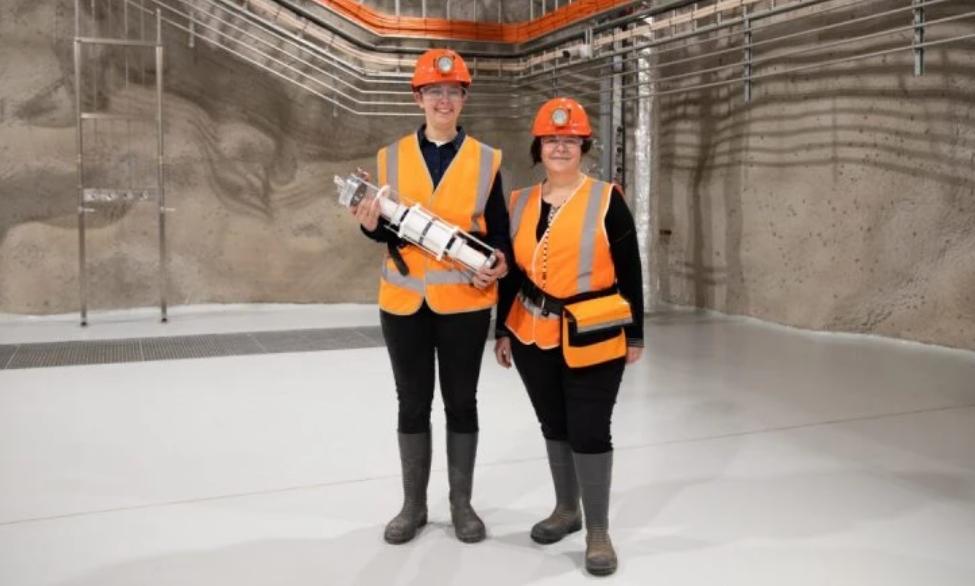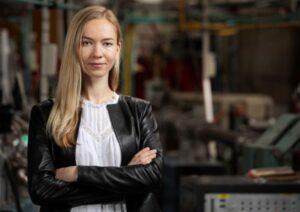Dark matter began to be studied in an underground laboratory in Australia
Australia has opened one of the few laboratories in the world capable of detecting mysterious dark matter that has never been seen and little understood.
The Stawell Underground Physics Laboratory (SUPL), located one kilometer deep in the Stawell gold mine in Victoria, has spearheaded research in this area. Scientists want to study dark matter and try to unlock the secrets of the universe.
Dark matter, according to scientists, makes up about 80% of all matter in the universe. Scientists are sure that it exists, but they cannot see it. It is completely invisible, does not emit light, and therefore cannot be detected in the usual way.
Dark matter has remained elusive for decades, University of Melbourne professor Elisabetta Barberio, lead researcher on the project, said Aug. 19.
“We know that there is much more matter in the universe than we can see,” she said. “Thanks to SUPL, we have the tools and space to detect this dark matter.”
She added that proving the existence of dark matter and understanding its nature will forever change people’s understanding of the universe.
The depth of SUPL means that cosmic noise has been filtered out and the dark matter signal can be detected, which has already been achieved in a laboratory in Italy, but now it is necessary to confirm the result in the Southern Hemisphere.
Australian National University (ANU) researcher Zuzana Slavkovska, who will play a lead role at SUPL, said she is currently in the process of purchasing crystals that will be the main component of the lab’s dark matter particle detector.
Her team is also working on ways to detect radio impurities in materials that will be used to build the detector, as radioactive decay particles can mimic dark matter particles, she explained.
“What worries me most is that I can be involved in a discovery that will change the understanding of the universe,” she said.
“We believe that about 85% of the mass of the universe is made up of a mysterious substance called dark matter. We don’t know much about her.”
Dark matter research
SUPL will conduct its first experiment, known as SABER South, in conjunction with an Italian experiment to directly detect dark matter.
The experiments are designed to detect Weakly Interacting Massive Particles (WIMPs), a likely form of dark matter particles.
According to ANU Vice-Chancellor Professor Brian Schmidt, Australia has become one of the world’s leaders in astrophysical and space research.
“This amazing new facility will allow Australian researchers, including those at ANU, to deeply understand our universe and the underlying laws of physics,” he said.
“Dark matter remains elusive, and there are only a few laboratories around the world capable of doing meaningful research. Australia has just put itself on the map when it comes to this exciting field of science.”
Schmidt added that along with the mysteries the new lab will help unravel, he is also excited about “work and technology that will bring more earthly implications to Australia.”
The federal and Victorian governments have each allocated $5 million (204 million rubles) for the construction of SUPL, and the laboratory will be managed by SUPL Ltd., co-owned by the University of Melbourne, ANU, the Australian Nuclear Science and Technology Organization (ANSTO), Swinbourne University of Technology and University of Adelaide.



